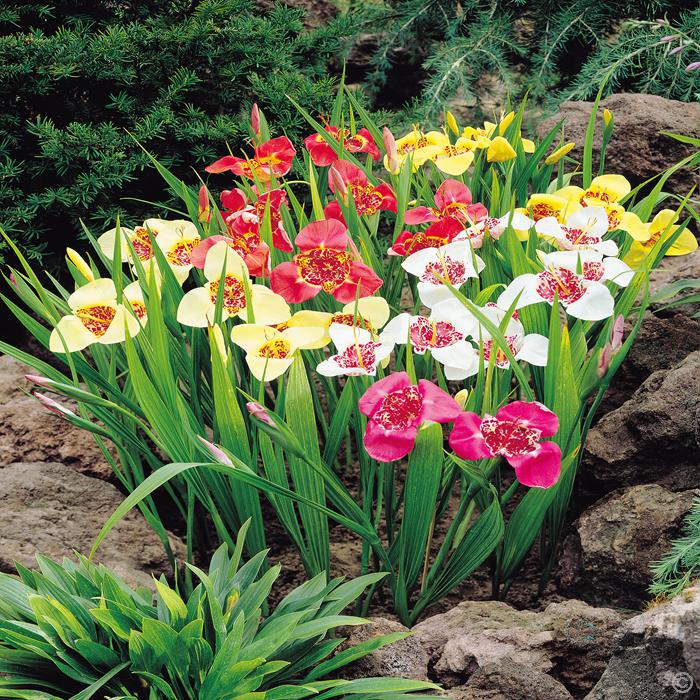It's True Folks, Fall Is For Planting!
By: Lauren M. Liff for Dabah Landscape Designs
In the world of gardening, there is a huge misconception that the leaves changing color and the temperature dropping signals the end of the growing season. This is false; the growing season doesn’t end until the plants enter their dormant period. What most people don’t know, is that it is actually more beneficial for your trees and shrubs to be planted in the fall as opposed to the spring. Planting your trees and shrubs in the fall gives encourages them to establish a stronger root system before the heat of the next summer.
Fall technically begins late in September – the best time to plant your trees and shrubs is about six weeks before the first sign of a hard frost. September through November is the perfect time for planting because even though the air is getting cold, the ground is still warm. This allows the root systems to become more established before the dormant period resulting in a stronger and healthier plant for next season. With the cooler temperatures and the increase in precipitation, less watering is required and there is no need to worry about damage from the summer heat. The stable air conditions also allow for rapid root development; rather than focusing all its energy on foliage or flower production, the tree puts its energy into establishing a stronger root system and in storing nutrients for dormancy.
These fall plantings will become better equipped to handle summer heat and drought due to their strongly established root system. From a designer perspective, being able to see a plants fall interest before putting it into the landscape is always a plus. There are some species you should avoid planting in the fall however, broad-leaved evergreens such as rhododendrons, azaleas, boxwoods and hollies require extra care through the winter months. They will need protection from winter winds and should be treated with an anti desiccant. We also recommend that you stick to zone hardy plant material – Schip laurels for example, don’t tolerate winter winds very well at all, the key is to plant them where they can be guarded (for example, as a foundation planting where the house combats the wind).
When planting in the fall, there are three things you should keep in mind. Make sure to plant high, the soil will settle leaving your tree or shrub susceptible to root rot or disease. Don’t amend the soil around your new planting – you want to allow the roots of your new tree or shrub to grow into the native soil. With the amended soil, the roots are more likely to experience reduced growth resulting in a smaller root system and a weaker plant. We suggest you break up any clumps in the soil and remove any rocks to allow the root system to travel as it pleases. Make sure to add mulch to your new planting. You can use around 3 inches of mulch or organic matter around your plant. The organic matter should be shredded leaves or ground bark/nuggets. Adding this layer will help protect the root system during the cold weather and allow for better water retention.
If you’re looking to plant a tree this fall, here are some species we recommend: maple, spruce, pine, crabapple, linden, elm, hackberry, hawthorn and honey locust. Planting these trees and shrubs this fall will prove for healthier, happier and hardier plants for the next growing season. Studies show that trees and shrubs planted in the fall, when compared to those planted in the spring, have a more established root system and stronger overall health. A strong root system leads to a strong plant! You should also keep in mind that garden centers and nurseries are trying to clear their stock for the season – who doesn’t love a good discount?


































